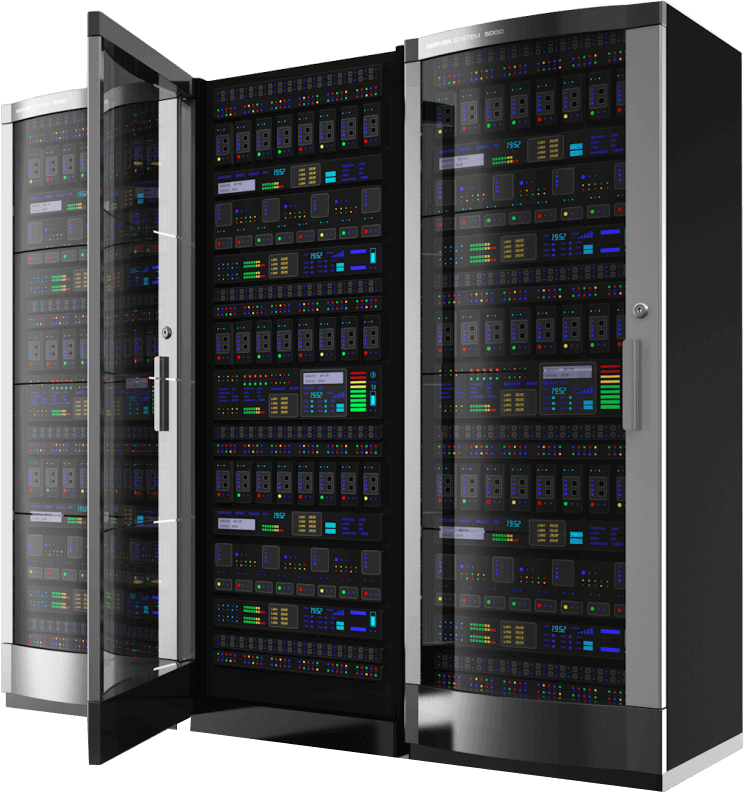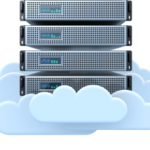
Mastering Data Center Migration: A Comprehensive Guide for Seamless Transition
In today’s rapidly evolving technological landscape, businesses face the constant challenge of adapting to meet the demands of a digital world. Data center migration, the process of moving data, applications, and other business elements from one data center environment to another, has become increasingly critical for organizations seeking to optimize their infrastructure, improve performance, and reduce costs. However, data center migration is a complex undertaking that requires careful planning, execution, and management to ensure success. In this comprehensive guide, we’ll delve into the intricacies of data center migration, exploring best practices, pitfalls to avoid, and expert tips for a seamless transition.
Understanding Data Center Migration
Data center migration encompasses a range of activities aimed at relocating IT assets from one data center facility to another. This may involve moving physical servers, virtual machines, storage systems, networking equipment, and associated applications and services. The reasons for undertaking a data center migration vary, from consolidating infrastructure and reducing operating costs to improving performance, scalability, and resilience.
Planning for Success
Effective planning is the cornerstone of successful data center migration. Before embarking on the migration journey, it’s essential to conduct a thorough assessment of your current environment, including hardware, software, applications, and dependencies. Identify key stakeholders, establish clear objectives and timelines, and allocate resources accordingly. Develop a detailed migration plan that outlines the sequence of activities, roles and responsibilities, communication protocols, risk mitigation strategies, and contingency plans.
Addressing Common Concerns and Questions
Data center migration often raises concerns and questions among stakeholders. Addressing these concerns proactively can help alleviate anxiety and ensure smoother project execution. Common concerns include:
Downtime
Minimizing downtime is a top priority during data center migration. Implement strategies such as phased migration, failover mechanisms, and load balancing to maintain availability and minimize disruption to operations.
Data Security
Protecting sensitive data during migration is critical. Implement encryption, access controls, and data masking techniques to safeguard data in transit and at rest. Conduct thorough security assessments to identify and mitigate potential vulnerabilities.
Compliance
Ensure compliance with regulatory requirements and industry standards throughout the migration process. This may include data protection regulations, privacy laws, and industry-specific mandates. Engage with legal and compliance experts to ensure adherence to relevant guidelines.
Cost Management
Data center migration can be costly, but careful planning and budgeting can help control expenses. Consider factors such as equipment decommissioning, staff training, downtime costs, and potential revenue impacts. Develop a detailed cost-benefit analysis to justify investment and demonstrate ROI.
Case Studies and Success Stories
Drawing insights from real-world case studies and success stories can provide valuable lessons and inspiration for organizations embarking on data center migration projects. Highlight successful migrations from various industries, showcasing innovative strategies, best practices, and lessons learned. Interview project stakeholders and participants to capture their experiences, challenges, and achievements. Include quantitative metrics and qualitative anecdotes to illustrate the impact of data center migration on business outcomes, such as cost savings, performance improvements, and operational efficiencies.
Emerging Trends and Technologies
The data center landscape is constantly evolving, driven by technological advancements, market trends, and evolving business needs. Stay abreast of emerging trends and technologies that are shaping the future of data center migration, such as:
Edge Computing
With the proliferation of Internet of Things (IoT) devices and real-time applications, edge computing is gaining prominence as organizations seek to process data closer to the source.
Hybrid Cloud
Many organizations are adopting hybrid cloud strategies to leverage the benefits of both on-premises and cloud-based infrastructure. Explore hybrid cloud solutions and migration strategies that enable seamless integration and interoperability.
Automation and Orchestration: Automation tools and orchestration platforms are increasingly used to streamline data center migration processes, improve efficiency, and reduce human error. Invest in automation technologies that enable self-service provisioning, configuration management, and workload orchestration.
Software-Defined Infrastructure
Software-defined infrastructure (SDI) technologies, such as software-defined networking (SDN) and software-defined storage (SDS), provide greater agility, flexibility, and scalability compared to traditional hardware-based approaches. Embrace SDI solutions that abstract hardware resources and enable programmable, policy-driven management.
Choosing the Right Approach
There are several approaches to data center migration, each with its own advantages and challenges. Common approaches include:
Lift-and-shift
Moving existing infrastructure as-is to a new location.
Rehosting
Migrating applications and workloads to cloud-based platforms or virtualized environments.
Refactoring
Restructuring or redesigning applications to optimize for the new environment.
Replatforming
Making minor modifications to applications to ensure compatibility with the target environment.
Retiring
Decommissioning or archiving legacy systems and applications that are no longer needed.
Mitigating Risks and Challenges
Data center migration poses numerous risks and challenges that can impact the success of the project. These may include downtime, data loss, compatibility issues, security vulnerabilities, and regulatory compliance concerns. To mitigate these risks, it’s essential to implement thorough testing and validation processes, establish rollback procedures, and engage with experienced migration specialists and vendors who can provide guidance and support throughout the process.
Testing BEFORE migration
It is possible to simulate the data center environment you want to relocate to on a simulation basis and this can greatly reduce your risk of moving to a data center where you will experience problems in the future due to latency issues or bandwith or operating environment constraints.
Have a look at the video below to get more insights in to testing before migrating your business cloud operations to a new datacenter:
Executing the Migration
Once the planning phase is complete, it’s time to execute the migration according to the established plan. This involves coordinating activities across multiple teams, including IT, operations, facilities, and business units. Monitor progress closely, communicate regularly with stakeholders, and address any issues or concerns promptly. Document all changes and updates made during the migration process to ensure transparency and accountability.
Post-Migration Validation
After the migration is complete, it’s crucial to perform thorough testing and validation to ensure that everything is functioning as expected. This includes verifying data integrity, application performance, network connectivity, and security controls. Conduct user acceptance testing (UAT) to validate that all critical business functions are operational. Establish post-migration support processes to address any issues or discrepancies that may arise during the transition period.
Continuous Improvement
Data center migration is not a one-time event but an ongoing process. Continuously monitor and optimize your new environment to ensure maximum efficiency, performance, and resilience. Implement robust monitoring and management tools to proactively identify and address potential issues. Regularly review and update your migration plan and procedures based on lessons learned and evolving business requirements.
In summary
Data center migration is a complex and challenging endeavor that requires careful planning, execution, and management. By following best practices, avoiding common pitfalls, and leveraging the expertise of experienced migration specialists, organizations can achieve a seamless transition to their new data center environment. With proper planning, execution, and continuous improvement, data center migration can drive significant business value, enabling organizations to stay competitive and agile in today’s dynamic marketplace.
With this comprehensive guide, you’ll be equipped with the knowledge and insights needed to master the art of data center migration and ensure a successful transition for your organization.
